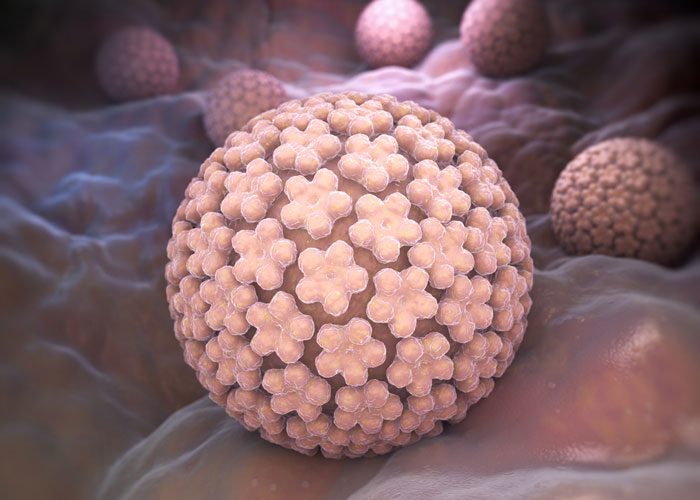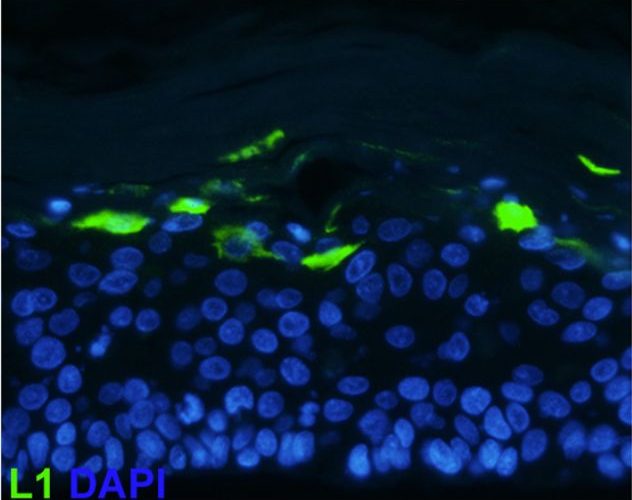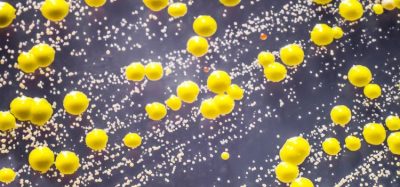Scientists design new skin cell culture technique to study HPV
Posted: 2 March 2018 | Dr Zara Kassam (European Pharmaceutical Review) | No comments yet
Novel approach enables genetic analysis of entire viral life cycle, starting with initial infection…


A new cell culture strategy promises to illuminate the mysterious early stages of human papillomavirus (HPV) infection, according to Malgorzata Bienkowska-Haba and colleagues at Louisiana State University.
The research team took inspiration from recent reports that, before entering a keratinocyte, HPV16 binds to the extracellular matrix–a mesh of proteins and carbohydrates outside of the cell that performs a variety of structural and molecular functions. They found that high infection rates could be achieved by incubating HPV16 with extracellular matrix materials in a dish, and then seeding it with keratinocytes.


This is genome amplification and capsid protein expression in HPV16-infected HFK subjected to organotypic raft culture. Bienkowska-Haba M, et al. (2018)
The researchers then demonstrated the potential of this new approach to reveal important genetic information about early HPV infection. They analysed RNA from infected cells at different time points to determine which HPV genes were expressed and when. They also infected cells with mutant HPV16 viruses lacking different genes, revealing which viral proteins were essential to establishing infection.
It is unclear exactly why pre-binding to the extracellular matrix is more effective for establishing infection than introducing HPV16 directly into keratinocytes. Nonetheless, with continued refinement and research, the new approach could help uncover important insights into HPV infection and how it can lead to cancer.
Most HPV infections cause no symptoms, but certain types of HPV are associated with cervical, throat, and other cancers. HPV infects skin cells known as keratinocytes before they have fully matured, or differentiated, and are still dividing into new cells. During the final stages of differentiation, uninfected cells cease division, but HPV makes infected cells keep dividing.
For years, details of the early stages of HPV infection have remained murky because scientists have struggled to achieve high enough initial infection rates in keratinocytes in the lab. Thus, only cells in which infection was already well established could be studied. The new approach developed by Bienkowska-Haba and colleagues enables high infection rates of keratinocytes by HPV16, an HPV type that is particularly strongly linked with cancer.
The research has been published in PLOS Pathogens.









